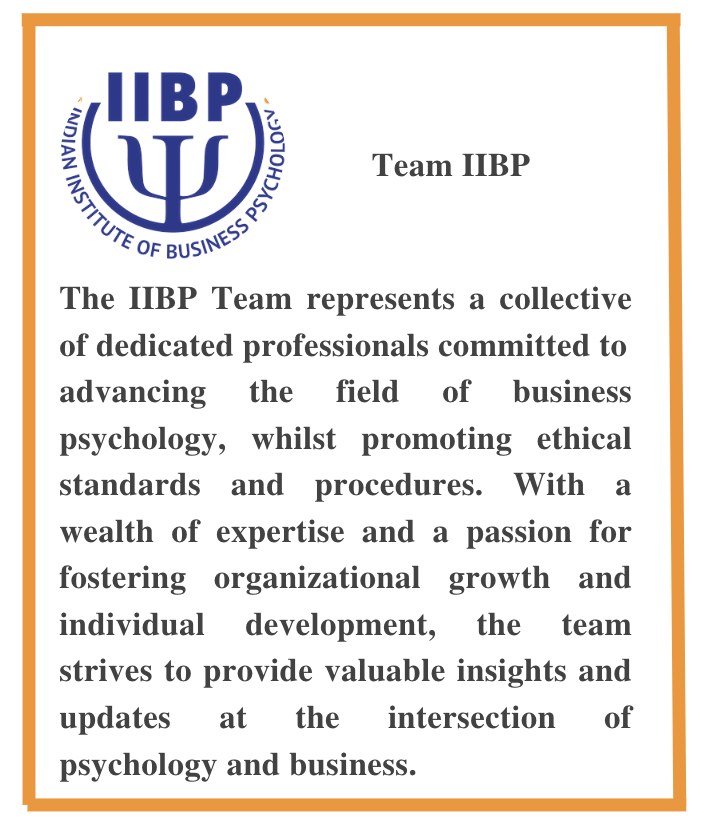Psychological safety—the collective belief that a team environment allows for open, risk-free interpersonal interactions—is a cornerstone of team excellence (Edmondson, 1999). While much attention is given to practices like empathetic communication and active listening, humor often flies under the radar as a powerful ally. Used wisely, it can ease tension, strengthen bonds, and help shape a workplace where innovation and openness thrive. In this piece, we dive into the science of how humor contributes to psychological safety—with a dash of playful wit (we’ll keep the puns gentle, promise).
The Neurochemistry of Laughter: More Than Just a Funny Feeling
Humor activates a cascade of neurobiological responses that prime teams for collaboration. Laughter triggers the release of endorphins, the brain’s “feel-good” neurotransmitters, which reduce stress and enhance social bonding (Dunbar et al., 2012). This biochemical shift creates an environment where individuals feel physiologically primed to engage openly. Moreover, shared laughter synchronizes group emotions, fostering cohesion—a phenomenon termed “emotional contagion” (Provine, 2000). When team members chuckle together, they subconsciously signal mutual trust, lowering defenses and encouraging risk-taking.
Critically, humor’s power lies in its ability to reframe challenges. The Incongruity Theory of humor posits that laughter arises from resolving unexpected contradictions (Martin & Ford, 2018). By playfully highlighting absurdities in workplace stressors (e.g., “Our project timeline is like a unicorn—mythical but aspirational”), teams can collectively acknowledge difficulties without triggering defensiveness. This reframing builds resilience and psychological safety, as challenges feel navigable rather than insurmountable.
The Fine Line Between Funny and Fearful: Avoiding Humor Landmines
Not all humor is created equal. Sarcasm, teasing, or culturally insensitive jokes can erode trust, creating a “comedy of errors” that undermines psychological safety. Research shows that affiliative humor—jokes that unite rather than divide—strengthens relationships, while aggressive humor heightens anxiety (Mesmer-Magnus et al., 2012). For example, a leader quipping, “Our brainstorming session was so productive, I’m considering a ‘no-idea-left-behind’ policy,” uses self-deprecation to celebrate collaboration without targeting individuals.
Timing and context also matter. Humor forced during crises may seem dismissive, whereas spontaneous wit during low-stakes moments can disarm tension. Teams should co-create norms around humor, ensuring it aligns with shared values. After all, psychological safety isn’t about being joke-tellers—it’s about being joke-partners.
Pun-ishing Barriers: How Humor Encourages Vulnerability
Humor’s greatest superpower is its capacity to normalize imperfection. When leaders admit mistakes with levity (“Turns out my ‘innovative’ strategy was just a typo”), they model vulnerability, giving others permission to take risks (Edmondson, 2018). This aligns with the “broaden-and-build” theory, which suggests positive emotions like amusement expand cognitive flexibility, helping teams problem-solve creatively (Fredrickson, 2001).
A study by Romero and Pescosolido (2008) found that teams using humor during high-pressure tasks reported higher cohesion and performance. By “lightening the mood,” humor reduces the perceived stakes of failure, allowing members to experiment without fear of ridicule. Imagine a designer presenting a bold prototype: “This app is so user-friendly, even my technophobic grandma could ‘scroll’ with pride.” The pun acknowledges potential flaws while inviting constructive feedback.
The Role of Leaders: From Stand-Up Comedy to Stand-Up Leadership
Leaders set the tone for humor’s role in psychological safety. Research by Avolio et al. (1999) links transformational leadership—which includes fostering positive emotions—to higher team trust. Leaders who weave humor into feedback (“Your report was so thorough, it needs a bibliography for the bibliography”) balance candor with warmth, making criticism feel developmental rather than punitive.
However, leaders must avoid monopolizing the “stage.” Encouraging team-generated humor ensures inclusivity. For instance, a manager might initiate a “pun-off” during meetings, inviting members to creatively reframe project hurdles. This democratizes humor, reinforcing that everyone’s voice matters.
Conclusion: Laughter as the Best Workplace (Not Just Medicine)
Humor, when intentional and inclusive, is far more than a frivolous diversion. It’s a neurological lubricant that eases collaboration, a social glue that binds teams, and a psychological safety net that catches fears before they stifle innovation. By embracing humor’s dual role as a stress-reliever and trust-builder, teams can transform workplaces into environments where creativity flourishes—one pun at a time.
As Sigmund Freud (1928) once mused, “Humor is the highest of the defense mechanisms.” In today’s teams, perhaps it’s also the highest form of leadership.
References
- Avolio, B. J., Howell, J. M., & Sosik, J. J. (1999). A funny thing happened on the way to the bottom line: Humor as a moderator of leadership style effects. Academy of Management Journal, 42(2), 219-227.
- Edmondson, A. (1999). Psychological safety and learning behavior in work teams. Administrative Science Quarterly, 44(2), 350-383.
- Fredrickson, B. L. (2001). The role of positive emotions in positive psychology. American Psychologist, 56(3), 218-226.
- Provine, R. R. (2000). Laughter: A scientific investigation. Penguin.
- Romero, E. J., & Pescosolido, A. (2008). Humor and group effectiveness. Human Relations, 61(3), 395-418.
About the Author


